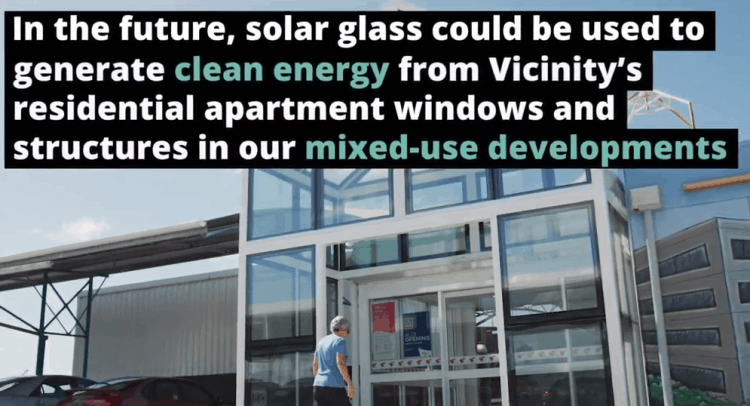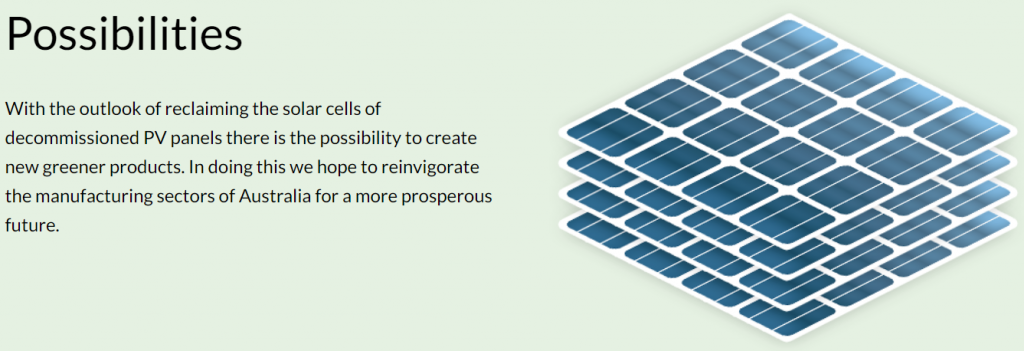The idea of utilizing resources from the Moon has been a topic of discussion for decades. One of the primary resources on the Moon is the lunar regolith, a layer of loose material on the surface of the Moon that is composed of various elements and minerals. Among these minerals are silicon and oxygen, which are crucial for the production of solar cells. Therefore, the possibility of making solar cells from lunar dirt is an exciting prospect that could lead to sustainable energy sources and space exploration advancements.
The process of making solar cells from lunar dirt begins with extracting the regolith from the Moon’s surface. The regolith is then refined to extract the necessary materials for solar cell production, such as silicon and oxygen. Silicon is the most crucial element, as it is the primary material used in the production of solar cells. Oxygen is also essential as it is used to create a silicon dioxide layer on the surface of the solar cell, which serves as a protective layer.
Once the necessary materials are extracted, the next step is to purify and process them to create a high-quality silicon wafer. This process involves melting the silicon and then cooling it to create a large cylindrical ingot. The ingot is then sliced into thin wafers, which are then polished to create a smooth surface. The wafers are then coated with a layer of silicon dioxide and a conductive layer of metal, such as aluminum or copper.
The final step in the process is to assemble the solar cells into solar panels. Solar panels consist of many individual solar cells that are wired together to create a larger system. Once assembled, the solar panels can be used to generate electricity in space or transported back to Earth for use in terrestrial applications.
The benefits of using lunar regolith to create solar cells are numerous. First and foremost, it could lead to sustainable energy sources for space exploration missions. Solar power is a clean and renewable source of energy that could potentially replace traditional energy sources such as fossil fuels. Second, the process of making solar cells from lunar regolith could lead to advancements in space exploration and resource utilization. By utilizing resources from the Moon, we could potentially reduce the cost of space exploration and increase the feasibility of long-term space missions.
However, there are also challenges associated with making solar cells from lunar dirt. The process of extracting and processing regolith is complex and requires specialized equipment and expertise. Furthermore, the transport of regolith from the Moon to Earth is also a challenging endeavor that requires significant resources and infrastructure.
In conclusion, the possibility of making solar cells from lunar dirt is an exciting prospect that could lead to significant advancements in sustainable energy sources and space exploration. While there are challenges associated with this process, the potential benefits are significant, and it is an area of research that should continue to be explored.
About Regolith
Regolith is a term used to describe the layer of loose, unconsolidated material that covers the surface of many celestial bodies, including the Moon, Mars, and asteroids. This layer is created over time as meteoroids impact the surface, breaking up and fragmenting the underlying bedrock. While regolith is an abundant material in the Solar System, it is often overlooked and considered a nuisance, but recent research has shown that regolith could be a valuable resource for future space exploration and settlement.
The regolith on the Moon, for example, is composed of a variety of materials, including rock fragments, dust, and small glass beads. It is also rich in elements such as iron, silicon, aluminum, and titanium, which are commonly used in many industrial processes on Earth. In addition, the Moon’s regolith contains water, which could be used to support future human missions and settlements on the lunar surface.
One of the most promising uses of regolith is in the construction of structures and habitats on other planets and moons. Regolith can be used as a building material by mixing it with a binding agent, such as epoxy or cement, to create a strong and durable material known as “lunarcrete.” This material could be used to build landing pads, roads, and even habitats that could shield astronauts from radiation and other hazards on the lunar surface.
Regolith could also be used to produce oxygen and other gases, which are essential for human survival in space. By heating regolith, the oxygen trapped within the material could be released and used for breathing, as well as in rocket propulsion systems. This process, known as “in-situ resource utilization,” could significantly reduce the cost and complexity of future space missions, as it would eliminate the need to transport large quantities of oxygen from Earth.
Another potential use for regolith is in the production of solar cells. As we discussed in a previous article, regolith on the Moon is rich in elements such as silicon and oxygen, which are crucial for the production of solar cells. By extracting and processing these materials from the regolith, it may be possible to produce solar cells on the Moon, which could provide a sustainable source of energy for future lunar missions and settlements.
While the use of regolith as a resource for space exploration and settlement is still in its early stages, the potential benefits are significant. By utilizing the resources available on other planets and moons, we could reduce the cost and complexity of space missions and pave the way for sustainable human settlements in space. As we continue to explore the Solar System, regolith will undoubtedly play a crucial role in enabling humanity to reach new frontiers and expand our understanding of the universe.




